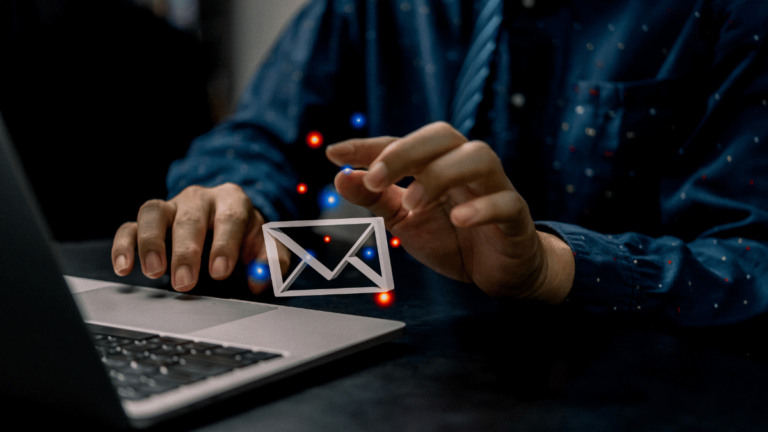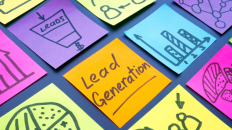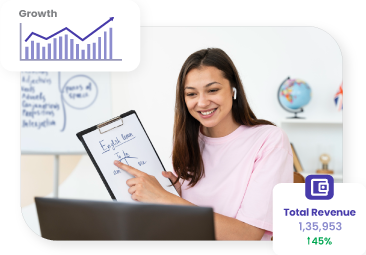In the digital age, there are countless ways for businesses to connect with their audiences. From social media to search engine optimization, the possibilities seem endless. However, one marketing tool that has stood the test of time is the newsletter. Newsletters are a powerful way to engage with your audience, build relationships, and ultimately drive conversions. In this ultimate guide, we will explore everything you need to know about creating a newsletter that engages and converts.
Introduction to Newsletters
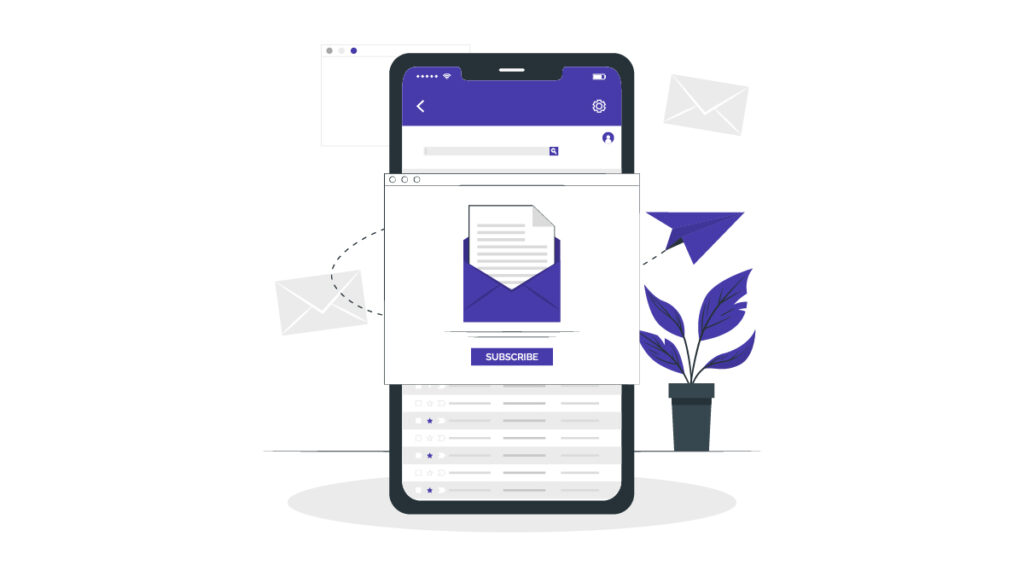
Before we dive into the nitty-gritty of newsletter creation, let’s start with the basics. What is a newsletter? A newsletter is a regularly distributed publication that is sent to a group of subscribers via email. Newsletters can be used for a variety of purposes, such as promoting new products or services, sharing industry news and insights, or simply staying in touch with your audience.
Benefits of Newsletters for Businesses
Email newsletter marketing is one of the most effective and powerful tools that businesses can use to reach out to their target audience. It is a cost-effective way of building relationships with customers and driving traffic to your website. Yet, many businesses are still hesitant to adopt this strategy, fearing it might not be worth the investment.
In this digital age, where almost everyone has an email account, email newsletter marketing has become a crucial part of any successful marketing strategy. Here are some reasons why businesses should embrace email newsletter marketing:

1. Builds a Relationship with Your Audience
Email newsletters allow you to connect with your audience on a more personal level. When you send out regular newsletters, you are not just selling products or services, but also sharing valuable information, tips, and industry news with your subscribers. This helps build trust and credibility with your audience and encourages them to engage with your brand.
2. Cost-Effective Marketing
One of the most significant advantages of email newsletter marketing is that it is incredibly cost-effective. Unlike traditional marketing methods such as print or TV advertising, email newsletters are relatively inexpensive to produce and distribute. This makes it a perfect strategy for small businesses with limited budgets.
3. Helps Drive Traffic to Your Website
Email newsletters are a great way to drive traffic to your website. By including links to your website in your newsletters, you can direct subscribers to specific pages or blog posts, increasing the likelihood of conversions. This not only helps increase website traffic but also improves your website’s search engine optimization (SEO) rankings.
4. Boosts Sales and Revenue
Email newsletters can help drive sales and revenue by promoting your products or services to your subscribers. By including exclusive discounts, promotions, and deals in your newsletters, you can encourage subscribers to make a purchase and increase sales.
5. Offers Measurable Results
Email newsletter marketing provides businesses with measurable results. You can track how many people opened your newsletter, clicked on links, and made a purchase. This data helps you to understand your audience’s behavior and preferences, allowing you to improve your marketing strategy and achieve better results.
In conclusion, email newsletter marketing is a valuable tool for businesses of all sizes. It provides an affordable, measurable, and effective way to reach out to your audience, build relationships, and drive traffic and sales. By adopting this marketing strategy, businesses can stay ahead of the competition and reap the benefits of a successful marketing campaign.
Creating a Newsletter: Understanding Your Audience and Their Needs
To create a newsletter that truly engages your audience, you need to understand who they are and what they need. Start by creating buyer personas to represent your ideal customers. This will help you understand their demographics, interests, pain points, and purchasing habits. Once you have a clear understanding of your audience, you can tailor your newsletter content to meet their specific needs and interests.
Defining Your Newsletter Goals
Before you start creating your newsletter, it’s important to define your goals. What do you want to achieve with your newsletter? Are you looking to drive sales, build brand awareness, or establish thought leadership in your industry? By defining your goals upfront, you can ensure that your newsletter content and design align with your overall business objectives.
Choosing the Right Newsletter Platform
Once you have a clear understanding of your audience and goals, it’s time to choose the right newsletter platform. There are many options to choose from, including Mailchimp, Constant Contact, and Campaign Monitor. When selecting a platform, consider factors such as ease of use, pricing, integrations, and customer support.
Designing Your Newsletter Template
Your newsletter template should be visually appealing and easy to read. Start by choosing a color scheme and font that aligns with your brand. Then, create a layout that includes sections for your main content, images, and calls to action. Remember to keep your design consistent from one newsletter to the next to maintain brand recognition.
Crafting Compelling Newsletter Content
The content of your newsletter is arguably the most important element. Your content should be informative, engaging, and relevant to your audience. Consider including a mix of content types, such as blog posts, videos, infographics, and interviews. Make sure your content is easy to skim by using headlines, bullet points, and short paragraphs.
Tips for Writing Effective Subject Lines
Your subject line is the first thing your subscribers will see, so it’s important to make it count. A great subject line should be attention-grabbing, concise, and relevant to the content of your newsletter. Consider using personalization, emojis, and urgency to make your subject line stand out. Keep in mind that many email clients will cut off subject lines that are too long, so aim for a length of 50 characters or less.
Automating Your Newsletter Campaigns
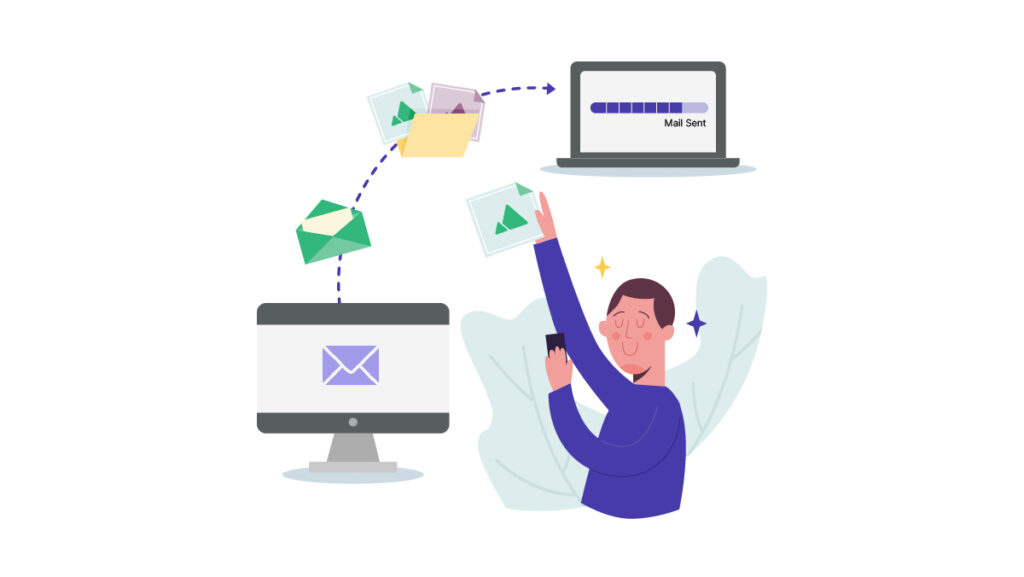
Automating your newsletter campaigns can save you time and ensure that your newsletters are consistently delivered on schedule. Most newsletter platforms offer automation features, such as drip campaigns and triggered emails. Consider using automation to welcome new subscribers, nurture leads, and re-engage inactive subscribers.
Measuring and Analyzing Your Newsletter Performance
To optimize your newsletter campaigns, you need to track and analyze your performance metrics. Most newsletter platforms offer analytics tools that allow you to track metrics such as open rates, click-through rates, and unsubscribe rates. Use these metrics to identify areas for improvement and adjust your newsletter strategy accordingly.
Creating an Effective Newsletter Layout with the Right Colors, Fonts, and Images
Your newsletter design can make or break the success of your email marketing campaign. The visual design of your newsletter is what captures your subscribers’ attention and encourages them to engage with your content. In this section, we’ll discuss the importance of visual design, tips for designing an effective newsletter layout, and how to choose the right colors, fonts, and images for your newsletter.
A. Importance of visual design
Visual design is important because it can affect the way your subscribers perceive your brand. A visually appealing newsletter can make your subscribers feel more connected to your brand and more likely to engage with your content. In contrast, a poorly designed newsletter can make your brand seem unprofessional and untrustworthy.
Visual design can also affect the readability of your newsletter. A cluttered or disorganized layout can make it difficult for subscribers to read your content and may even cause them to unsubscribe from your mailing list.
B. Tips for designing an effective newsletter layout
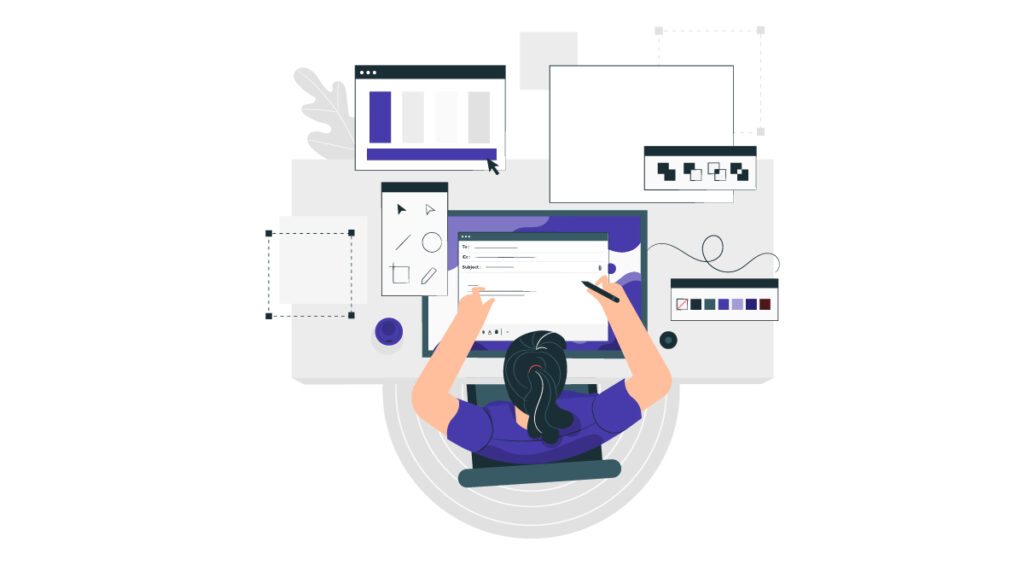
When designing your newsletter layout, it’s important to keep it simple and easy to navigate. Here are a few tips to keep in mind:
- Use a clear and concise headline to grab your subscribers’ attention.
- Use short paragraphs and break up your content with subheadings and bullet points.
- Include a call-to-action that encourages subscribers to take action, such as clicking on a link or filling out a survey.
- Make sure your layout is optimized for mobile devices, as more and more people are reading emails on their smartphones.
C. Choosing the right colors, fonts, and images
Choosing the right colors, fonts, and images is crucial for creating a cohesive and visually appealing newsletter. Here are a few tips to keep in mind:
- Choose a color scheme that matches your brand’s colors and reflects the tone of your newsletter. For example, if your brand is fun and playful, you may want to use bright, bold colors. If your brand is more serious, you may want to use muted, neutral colors.
- Use a font that is easy to read and matches your brand’s style. Avoid using too many different fonts, as this can make your newsletter look cluttered and unprofessional.
- Use high-quality images that are relevant to your content. Avoid using stock photos that look generic and impersonal.
- Use white space to create a clean and uncluttered layout. This can help draw attention to your content and make it easier to read.
Best Practices for Creating a Newsletter Optimization
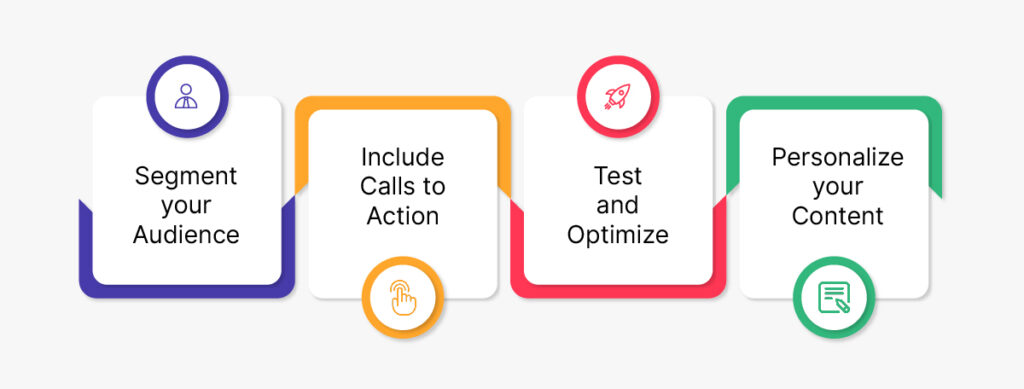
To maximize the effectiveness of your newsletter, follow these best practices:
- Segment your audience: Segmenting your audience based on their interests and behaviors allows you to tailor your newsletter content to their specific needs.
- Include calls to action: Every newsletter should include a clear call to action that encourages subscribers to take action, such as making a purchase or visiting your website.
- Test and optimize: Continuously testing and optimizing your newsletter content, subject lines, and design can help improve your performance over time.
- Personalize your content: Personalization can help make your newsletters feel more relevant and engaging to your subscribers.
Conclusion
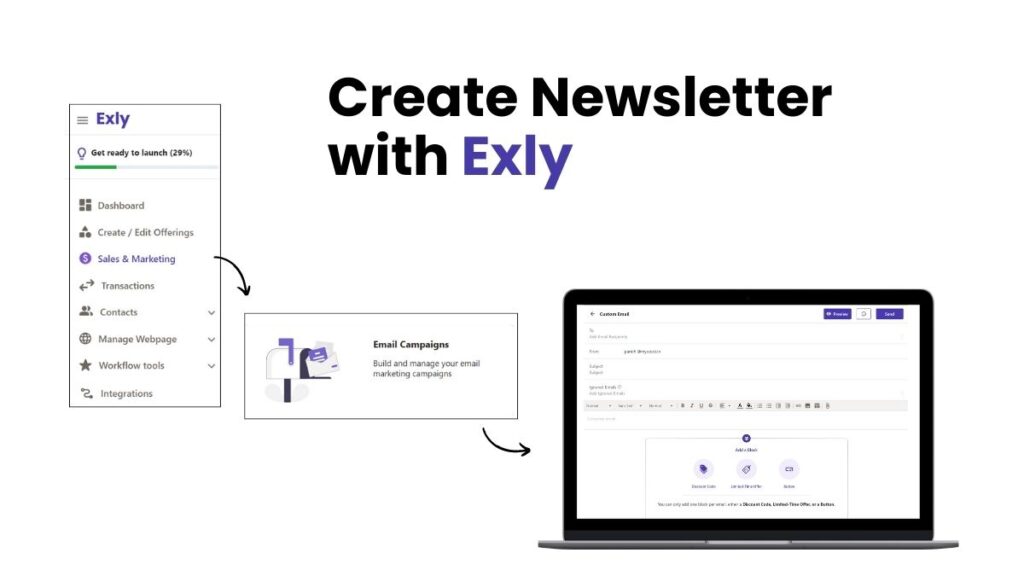
Creating a newsletter that engages and converts takes time and effort, but the benefits are well worth it. By understanding your audience, defining your goals, and following best practices for design and content, you can create a newsletter that builds relationships, drives conversions, and boosts brand awareness. Remember to continually test and optimize your newsletter strategy to ensure that you are getting the best possible results. Happy newslettering!

